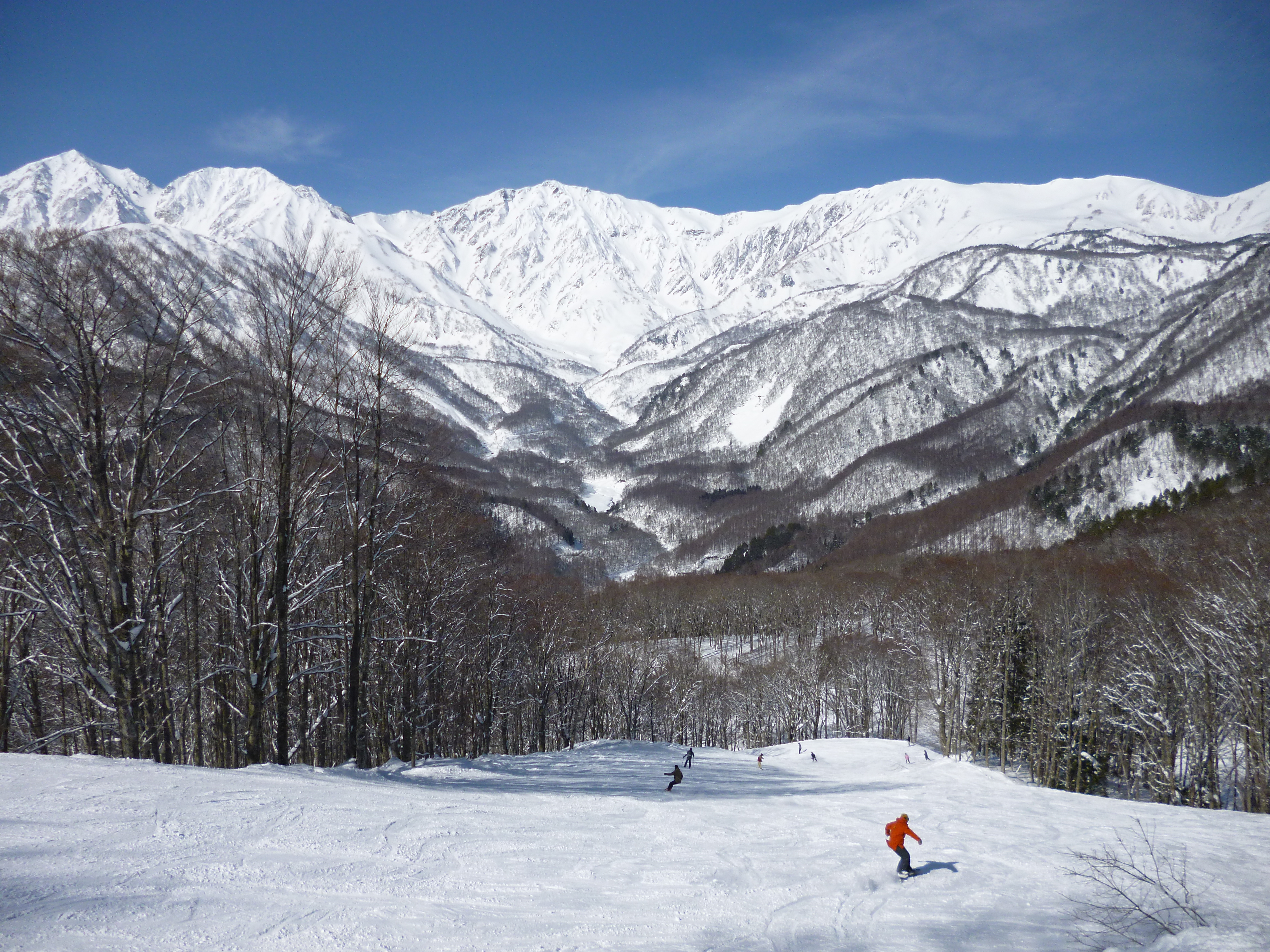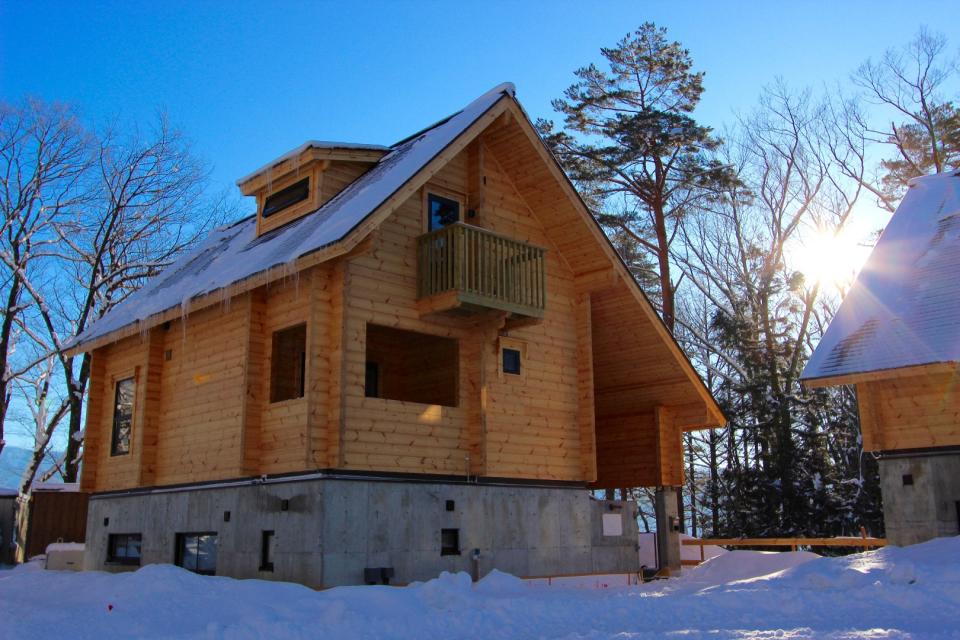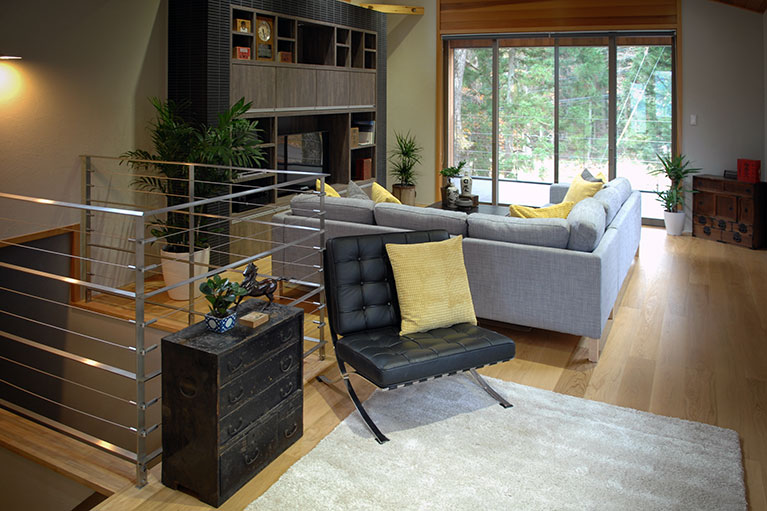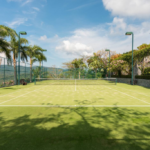While we can never get enough of Thailand or Bali, sometimes it’s nice to trade in the tropical holiday for an escape to an alpine wonderland. You’ve probably heard about the mythical powder paradise of Niseko, Japan, but we’re here to tell you about another Japanese ski destination you might like even better: Hakuba.
Nestled at the base of one of the highest sections of the Northern Japanese Alps, Hakuba is just three hours from Tokyo, making it easily accessible from Singapore. Host to the 1998 Winter Olympic Games, Hakuba is known for its unparalleled snowfall, diverse terrain, breathtaking mountain views, and of course, that famous Japanese powder is known as Japow. But what really sets Hakuba apart from other ski destinations is its charming village with a traditional small-town Japanese feel. This is a great place to not only earn your turns but also get an authentic taste of Japanese culture.

When to go?
Hakuba’s ski season typically begins towards the end of November and continues right through until the beginning of May, as long as adequate snow covers the slopes. Mid-January to late February is your best bet for scoring powder as the base is set and snowfall is consistent, but big powder falls are also known to happen the first few weeks of March. Come on a weekday to avoid the crowds.
How to get there?
Hakuba is located on Japan’s main island making it relatively easy to get to from Singapore. Fly into Narita, and from there you can take a train to Tokyo, hop on a bullet train to Nagano, and then a bus to Hakuba. This is the fastest option with the entire journey taking approximately 4 hours from Narita. If you prefer not to haul your bags across platforms, you can opt to book a shuttle bus or shared taxi to take you directly from Narita Airport to Hakuba, which takes a bit longer.

What to do?
Blessed with incredible powder and some of the most diverse terrain in Japan, Hakuba is a great place for powder hounds and novice snow bunnies alike. The area boasts over 10 ski resorts, the most popular being Happo One which is great for families and beginners. For more advanced shredders, Cortina is a powder skiing mecca with no shortage of steep terrain and fun tree runs.
When you’re not hitting the slopes, Hakuba Village offers endless opportunities to experience Japanese culture first-hand. Try a soba noodle making or origami folding class, check out local Japanese temples and castles, and visit Jigokudani Monkey Park to see wild monkeys soaking in a natural hot spring. Hakuba Village is great for sushi addicts and foodies too, offering fresh, locally-sourced seafood and traditional Japanese cuisine, not to mention fabulous sake. After a day in the snow, we recommend soaking in a natural onsen or grabbing a pre-ski drink at one of Hakuba’s many izakayas, little Japanese bars with a casual, laid-back vibe.
Where to stay?

Hakuba offers a full range of accommodations from backpacker hostels to luxury chalets, and everything in between. Happo and Wadano are the two most popular villages to stay in, where you can find an abundance of restaurants, bars, and ski rental shops, located just steps from the chairlifts.
For discerning travellers, TheLuxeNomad.com recently launched a curated collection of luxury chalets and hotels in Habuka, Japan. We love Phoenix Cocoon, a luxurious three-bedroom chalet in the heart of the Wadano forest, as well as Luna Hotel which sits above a delicious Japanese restaurant (try the Shabu Shabu!) and the best private onsen in town. There’s also the Marillen Hotel with ski-in-ski-out access to the base of Nakiyama slope. The Luxe Nomad’s complimentary concierge service will help you book lift tickets, ski lessons, restaurant reservations, and more.
Shall we ski?
Inspired to travel to Hakuba? Get in touch with our Nomads for the best places to stay, and more ideas to fill your ski itinerary at contact@theluxenomad.com.





